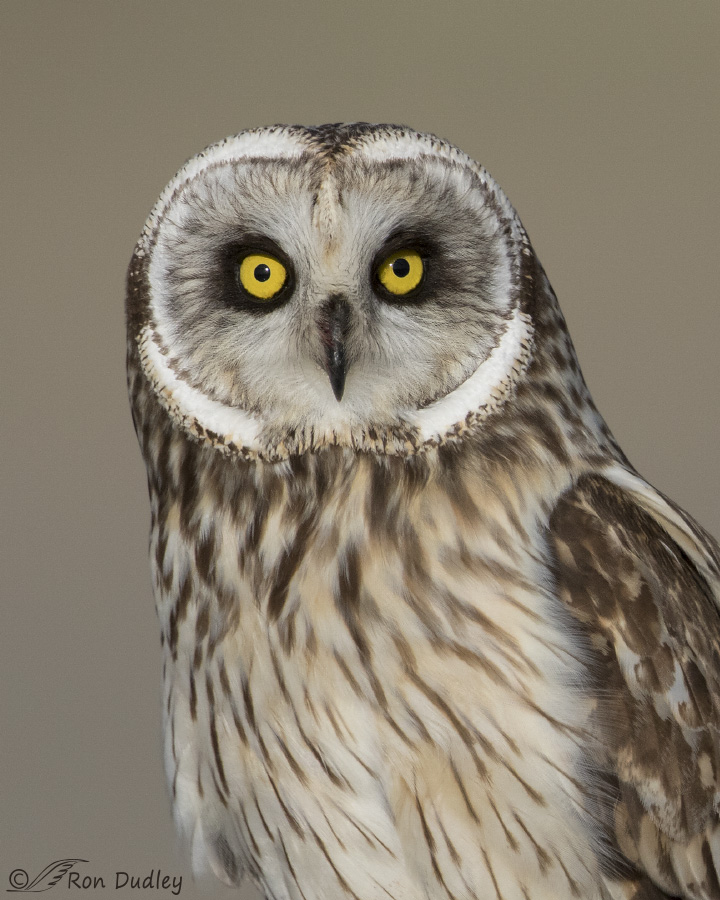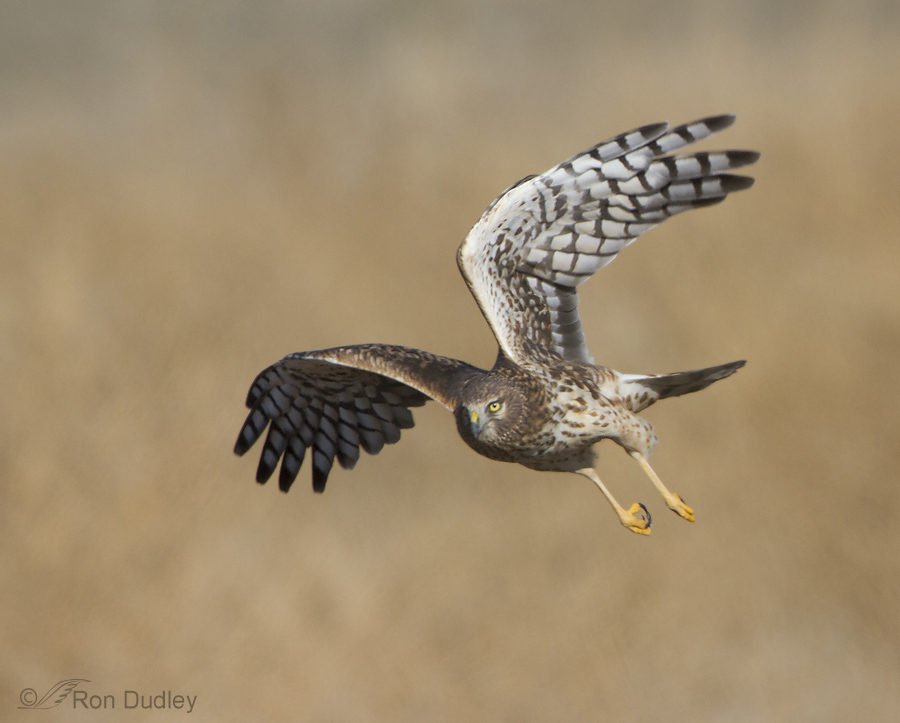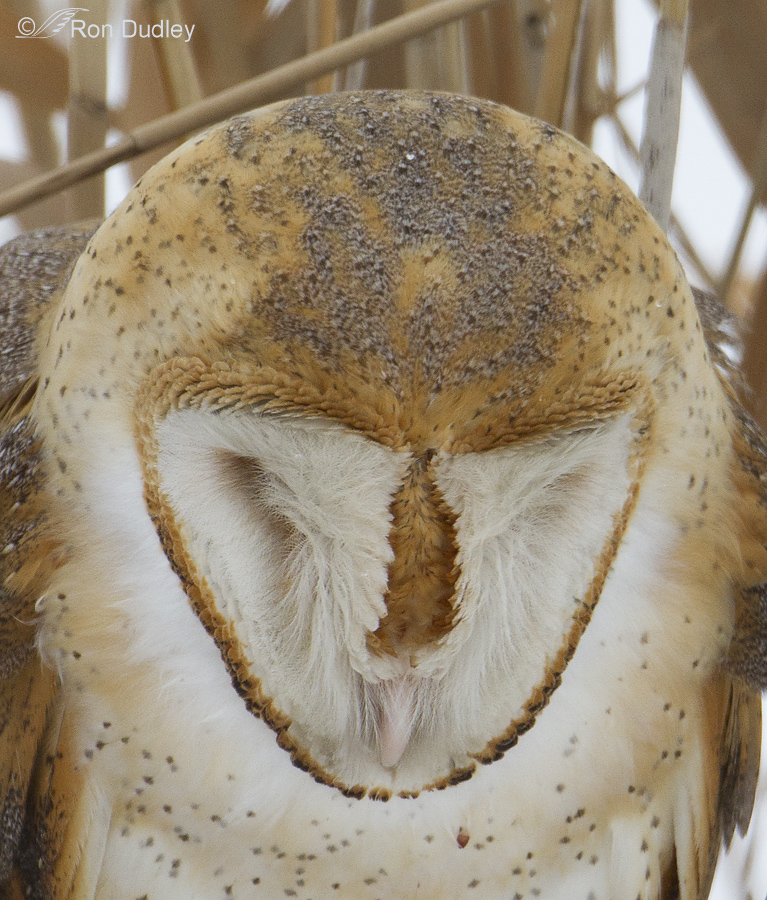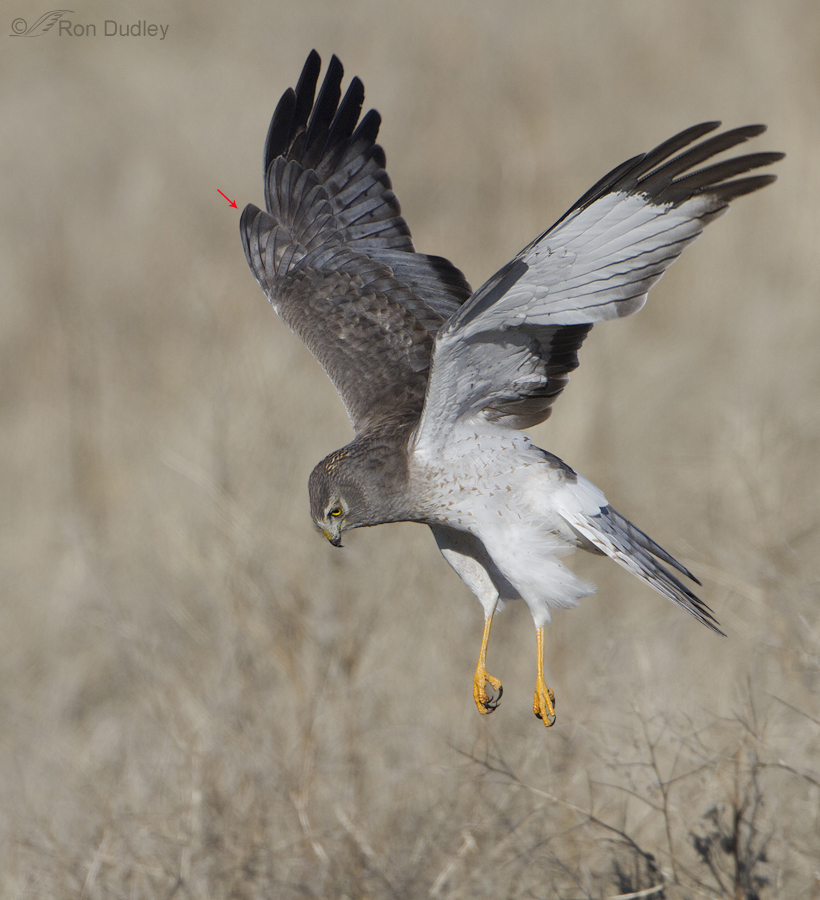Tag: facial disc
Barn Owl Looking Even Goofier Than Usual
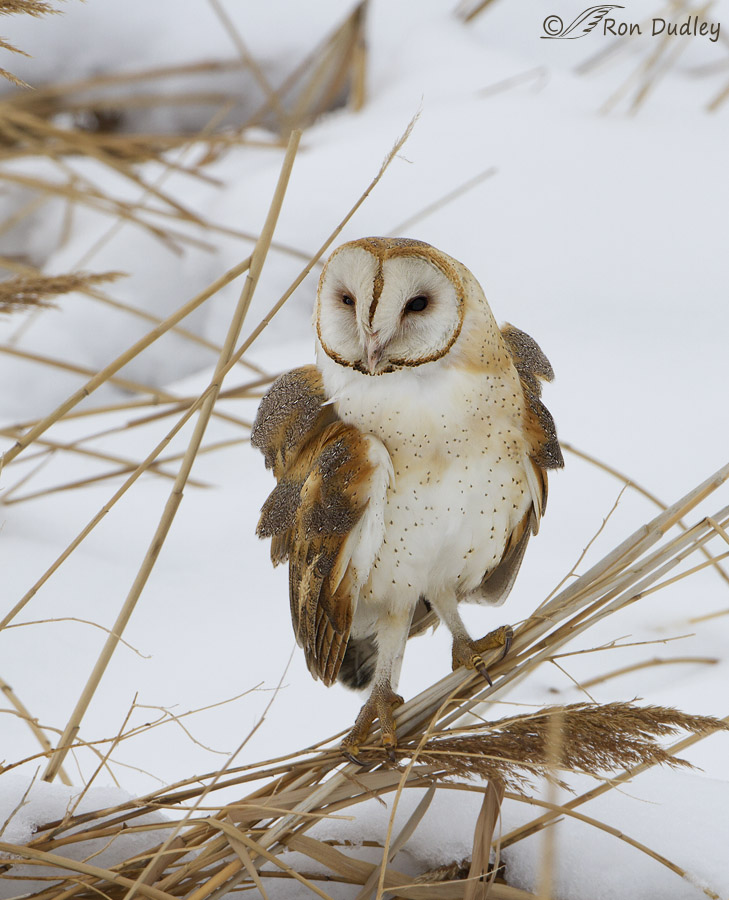
In my experience Barn Owls can look pretty goofy, even on a good day. With their conspicuous facial disc, small (for an owl) deeply set eyes and their long, ivory colored bill pointing almost straight down, they look, well… different. But I certainly don’t say that disparagingly. They’re magnificent birds and I love’m to bits.
A New Northern Harrier Behavior (for me)
Barn Owl Facial Disc Manipulation And The Colors Beneath It
“Hanging” Northern Harrier – Hunting Low and Slow
Northern Harriers Hunting
It’s getting to be what I call “harrier time” here in northern Utah so I thought I’d do a significant post on the species. For me, watching these birds hunt is absolutely mesmerizing and I could do it for hours. And I have – many, many times. But before I get into hunting I’d like to cover some basics on telling the sexes and ages apart. Sexual dimorphism in harriers is exceptional among birds of prey – telling adult males from adult females is easy because their colors are so dramatically different. But because juveniles of either sex strongly resemble adult females, that distinction becomes very tricky and causes a lot of confusion. So, here’s a primer: Adult males – gray above, mostly white below, black wing tips, lemon-yellow eyes Adult females – brown above, buffy with brown streaks below, lemon-yellow eyes (but in my experience, the eyes of adult females tend to be less bright than those of adult males) Juvenile of both sexes – similar to adult female but darker chocolate-brown above and strongly rufous (reddish) below Juvenile male – pale, greenish-yellow eyes Juvenile female – dark, chocolate-brown eyes All sexes and ages have the unique facial disc (ruff) characteristic of harriers. It’s not as prominent as it is in many owls but it can clearly be seen in this image. Its function is the same as it is in owls – to direct sound to the ears. Most hawks hunt almost exclusively by sight but because of their excellent hearing, thanks largely to the facial disc, harriers depend at least…
A Northern Harrier Kind Of Morning
Normally I avoid doing back to back posts on the same species but I went out shooting immediately after I published that last post and surprisingly it turned out to be a heckuva harrier morning. I’ve mentioned before that I usually have my best luck with harriers in the middle of winter, but yesterday I found two cooperative birds. 1/1600, f/6.3, ISO 500, 500 f/4, 1.4 tc, natural light, not baited, set up or called in This beauty was hunkered down for a break from hunting and let me get surprisingly close. It was early morning, the light was warm, and the bird posed for me for a long time. I chose to post this almost direct look from the hawk for a reason – because out of all those images, this one shows the unique harrier facial disc best. A facial disc is a concave arrangement of feathers on the face of some birds (most notably owls) that forms a circular parabaloid that collects sound waves and redirects them toward the ears. In harriers the disc is less prominent than in owls, but larger in relative size because it extends to the neck, so it is commonly referred to as a facial ruff, rather than a disc. The large ear openings of harriers are buried in the feathers of the head and can’t be seen. The angle of the disc or ruff feathers can be adjusted to alter the focal length of the sound waves they’re collecting, which allows the bird to “focus” at different distances – a…
Northern Harrier Hunting a Vole
Over the last five years I’ve spent an inordinate amount of time photographing, watching and studying hunting Northern Harriers. When they pounce on their prey the action is usually so far away (or buried in the vegetation) that I don’t get a good look at what’s actually happening. But all that changed with this adult female who was so intent on capturing a vole buried deep in the matted, dried vegetation that she virtually ignored me. What fun to watch! Unlike most other hawks, harriers very often use auditory cues (sound) to locate prey. In fact they have a facial “ruff” or disc much like owls do and its purpose is the same – to funnel sounds to the ears. The feathers that form the disc can be raised in response to noise, essentially enlarging the disc and improving hearing. 1/1000, f/8, ISO 500, 500 f/4, 1.4 tc Harriers often hunt along predictable “pathways” and this one had made several passes by me earlier. However this time she attempted to pounced on something right in front of me – almost certainly it was a vole since they are very nearly the exclusive diet of wintering harriers. 1/1000, f/8, ISO 500, 500 f/4, 1.4 tc She missed the vole but from her demeanor she could obviously hear it under the mat of vegetation and she became quite agitated in her attempts to get at it. 1/1600, f/8, ISO 500, 500 f/4, 1.4 tc She repeatedly rose into the air a couple of feet and pounced back down on the same spot with her…


